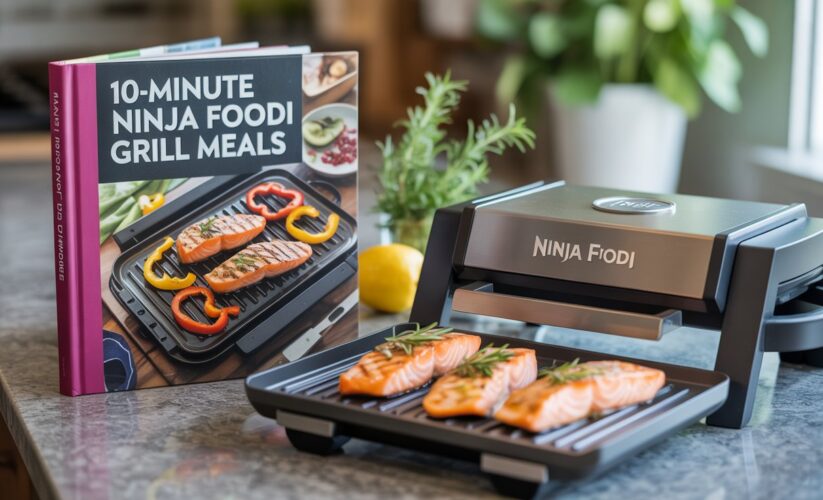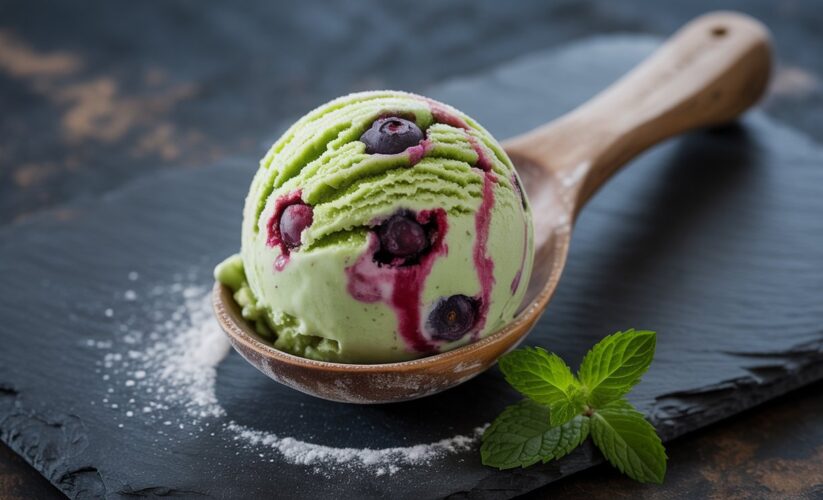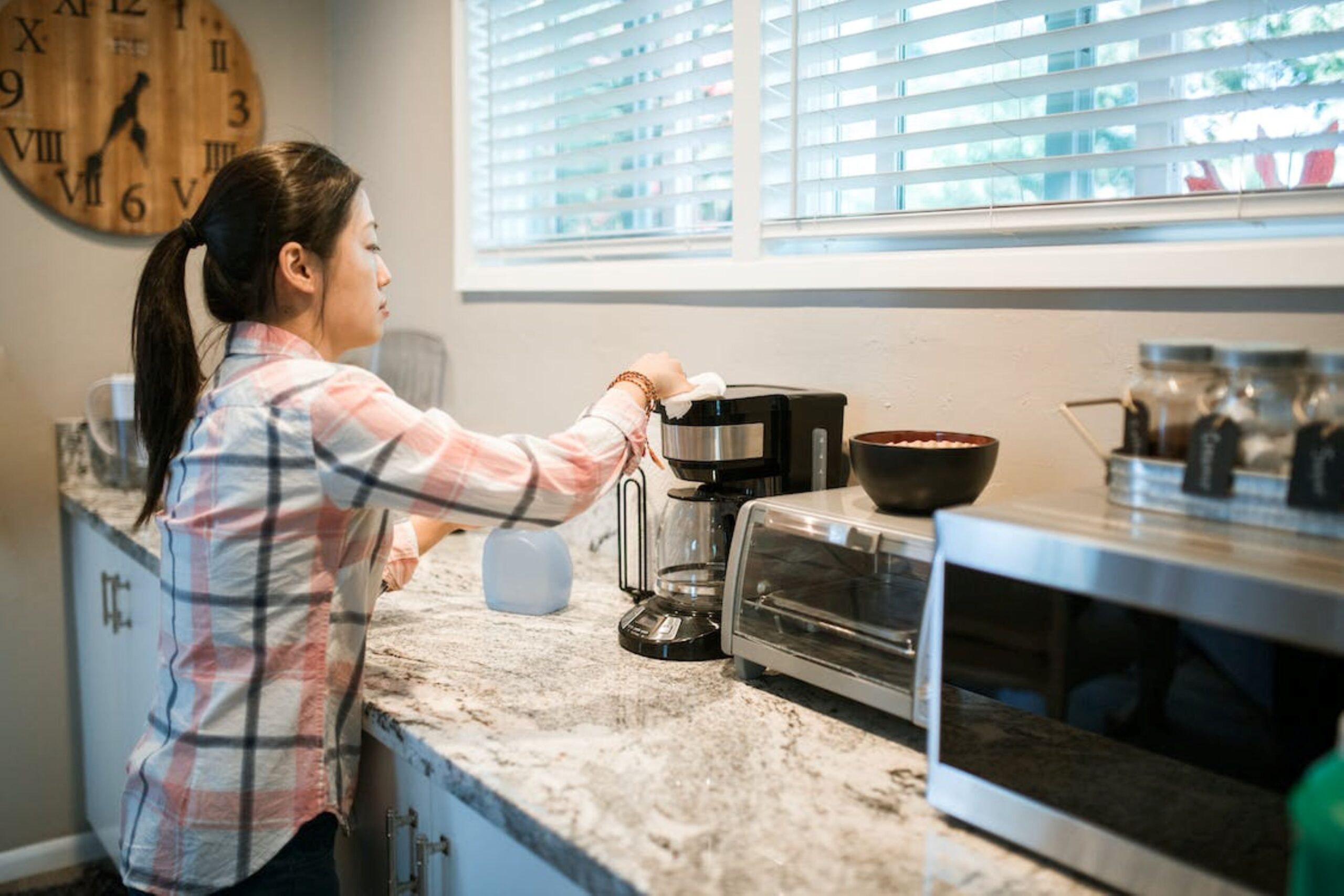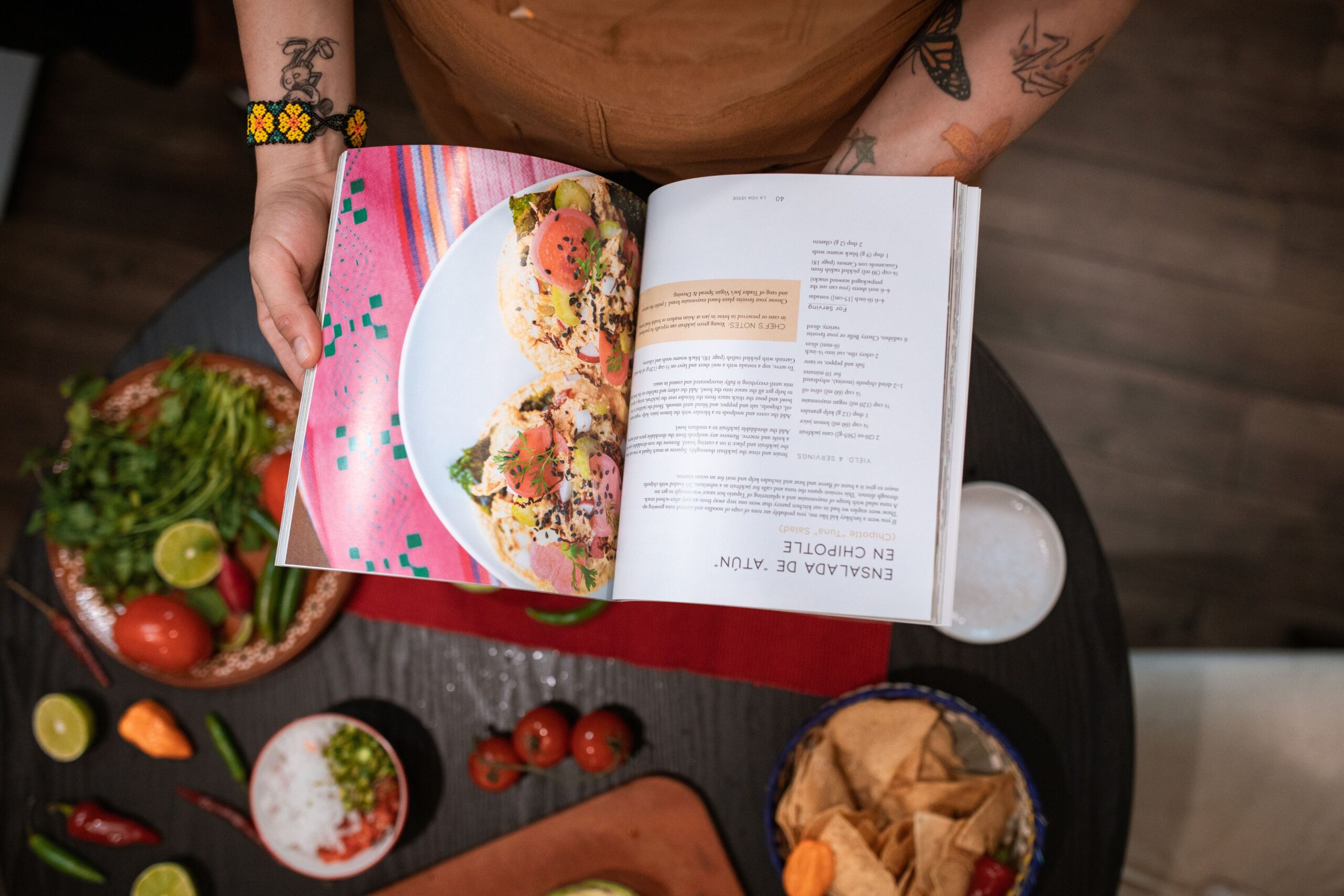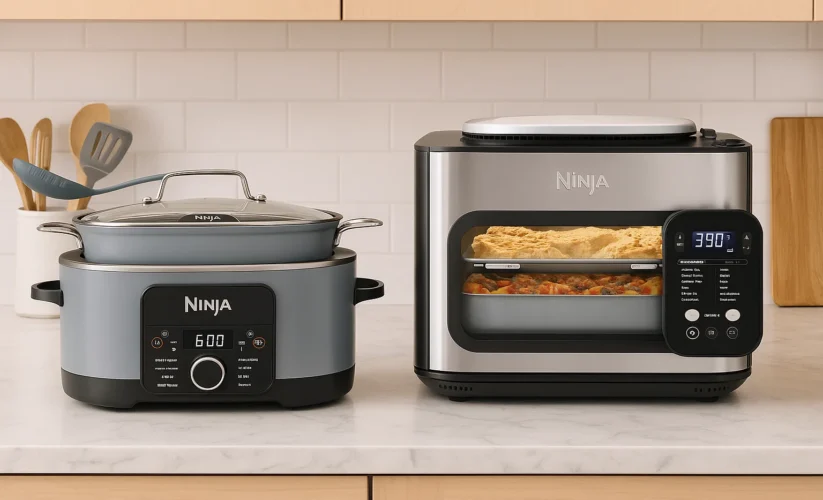
Ninja Combi vs. Ninja Foodi: Which Multi-Cooker is Best in 2025?
The steam rose from my cluttered countertop as I stared at two boxes sitting side by side in my kitchen. After months of researching, reading reviews, and wrestling with indecision, I had finally committed to testing both the Ninja Combi and the Ninja Foodi. My small apartment kitchen had become the battleground for what I now call “The Great Ninja Showdown.” What started as a simple quest to upgrade my cooking game had evolved into an emotional journey that would transform not just how I cooked, but how I thought about my relationship with food and time.
Standing there that morning, surrounded by the familiar chaos of takeout containers and a microwave that had seen better days, I felt a mixture of excitement and overwhelm. Would these appliances live up to the hype? Could they really replace multiple gadgets and simplify my cooking routine? More importantly, which one would earn the coveted permanent spot on my limited counter space?
“The best kitchen appliance is the one you’ll actually use consistently. Both the Ninja Combi and Foodi excel in different areas, but success comes from choosing the one that matches your cooking style and using it regularly.”
– Consumer Kitchen Appliance Review, 2024
Key Takeaways
Before diving into my personal journey with these kitchen powerhouses, here are the essential points you need to know:
- Ninja Combi excels as a versatile countertop oven with superior air frying, baking, and reheating capabilities
- Ninja Foodi dominates as a pressure cooker first, with added air frying functionality for complete one-pot meals
- Size considerations matter significantly – the Combi requires more vertical space, while the Foodi needs more countertop real estate
- Cooking methods differ fundamentally – Combi focuses on dry heat cooking, Foodi specializes in moist heat cooking with finishing options
- Price points vary based on model and features, with both offering excellent value for their respective strengths
- Maintenance requirements differ – Combi needs regular interior cleaning, Foodi requires sealing ring and pressure valve care
Ninja Combi vs. Ninja Foodi
1. Ninja Combi All-in-One Multicooker
- 14-in-1 VERSATILITY: Combi Meals, Combi Crisp, Combi Bake, Rice/Pasta, Sear/Sauté, Steam, Bake, Toast, Pizza, Slow Cook, Proof, Sous Vide, Air Fry, Broil.
- COMPLETE MEALS THAT COOK IN 15 MINS: Cook your proteins, veggies, and pasta or grains all at the same time and make a meal 50% faster than in a wall oven.
- ONE STOP SHOP IN YOUR KITCHEN: With its all-in-one functionality and included accessories, the Ninja Combi is the only appliance you will ever need—no more cluttered countertops and endless piles of dishes to clean afterward.
| Pros | Cons |
|---|---|
| Time-Saving: Cook full meals 50% faster than traditional ovens, perfect for busy families. Multi-Function: 14-in-1 versatility replaces multiple appliances in your kitchen. Easy to Clean: Dishwasher-safe accessories make post-meal cleanup quick and effortless. | Bulky Design: Larger footprint may not suit very small kitchens or limited counter space. Learning Curve: Multiple functions may require time to fully master for new users. Premium Price: Higher cost compared to basic air fryers or single-use appliances. |
When comparing the Ninja Combi vs. Ninja Foodi, the Ninja Combi All-in-One Multicooker, Oven, & Air Fryer stands out for its impressive 14-in-1 functionality and ability to cook complete meals in just 15 minutes. Unlike the traditional Ninja Foodi, which focuses on pressure cooking and air frying, the Combi adds advanced steam technology for faster, juicier results. It’s ideal for busy households looking to save time without sacrificing taste. With its family-sized capacity, easy cleanup, and multifunctional design, the Ninja Combi is a game-changer for anyone who wants an all-in-one appliance for fast, healthy, and delicious meals.
2. Ninja Foodi 8-Quart Pressure Cooker
- REPLACES 14 COOKING TOOLS & APPLIANCES: This cooker replaces the need for a slow cooker, steam oven, food warmer, nonstick pot, sauté pan, cast iron skillet, saucier, steamer, saucepan, stock pot, Dutch oven, roasting pan, bread maker, and utensil.
- SEAR & SAUTÉ DIRECTLY IN THE POT: Using the bottom heating elements, you are able to sear proteins and sauté vegetables right in the cooking pot—no need to transfer to the stovetop.
- OVEN SAFE TO 500°F: Removable cooking pot is oven safe up to 500°F, so you can finish your meal in the oven for a crispy top.
| Pros | Cons |
|---|---|
| Versatile Functionality: Replaces 14 kitchen tools with 8 cooking functions, saving space and money. Oven-Safe Design: Removable pot safe up to 500°F for stovetop-to-oven convenience. Large Capacity: 8.5-quart size is ideal for feeding large groups or meal prepping. | No Dishwasher Safe Pot: Requires manual cleaning, which may be inconvenient for some users. Limited Air Frying: Does not include air frying functionality unlike other Ninja models. Bulky Size: Takes up significant countertop space, especially in smaller kitchens. |
In the debate of Ninja Combi vs. Ninja Foodi, the Ninja Foodi PossibleCooker PRO offers a traditional multi-cooker experience with a strong focus on slow cooking, braising, and stovetop-style searing. Unlike the Ninja Combi, which excels in air frying and steam-infused speed cooking, the PossibleCooker PRO is all about low-and-slow comfort food and one-pot convenience. Its Triple Fusion Heat Technology ensures even cooking, while the oven-safe pot adds versatility for finishing dishes in the oven. With an 8.5-quart capacity, it’s perfect for big families or entertaining. If you prefer hearty, slow-cooked meals over quick air-fried dishes, the Ninja Foodi PossibleCooker PRO is the better fit.
Chapter 1: The Journey Begins – Why I Needed a Kitchen Revolution
My relationship with cooking had always been complicated. I loved the idea of preparing delicious, healthy meals, but the reality of my cramped kitchen and limited time often left me reaching for frozen dinners or ordering takeout. The breaking point came on a particularly stressful Tuesday evening when I realized I had spent more on food delivery in a month than most people spend on groceries.
That night, as I sat eating lukewarm pad thai from a plastic container, I made a decision that would change everything. I was going to invest in a quality kitchen appliance that could actually make cooking enjoyable and efficient. But which one?
The research phase consumed my evenings for weeks. I found myself deep in YouTube rabbit holes, comparing cooking times, reading Amazon reviews until my eyes burned, and creating elaborate spreadsheets comparing features. Two names kept appearing at the top of every “best of” list: Ninja Combi vs. Ninja Foodi.
The Emotional Weight of Choice
What surprised me most about this process wasn’t the technical specifications or price comparisons – it was how emotionally invested I became in making the “right” choice. This wasn’t just about buying an appliance; it was about investing in a vision of myself as someone who cooked regularly, ate healthily, and had their life together. The pressure felt enormous.
Friends and family offered conflicting advice. Some swore by their pressure cookers, others couldn’t live without their air fryers. Online forums were divided into passionate camps, each defending their chosen appliance with the fervor of sports fans. I realized I wasn’t just choosing between two products; I was choosing between two different cooking philosophies.
Chapter 2: Understanding the Fundamental Differences
The Ninja Combi: The Countertop Oven Revolution
The Ninja Combi immediately caught my attention with its sleek, compact design. Unlike traditional countertop ovens that seemed to take up half the kitchen, the Combi promised to deliver superior results while maintaining a smaller footprint. Its primary strength lies in its ability to circulate hot air efficiently, creating that coveted crispy exterior on everything from vegetables to proteins.
What makes the Combi special is its focus on dry heat cooking methods. It excels at air frying, baking, roasting, and reheating – essentially replacing your conventional oven for most everyday cooking tasks. The learning curve felt gentle; if you’ve ever used a conventional oven, the Combi’s interface feels intuitive and familiar.
During my first week with the Combi, I was amazed by how evenly it cooked everything. The air frying function produced results that rivaled my favorite restaurant’s crispy appetizers, while the baking function turned out perfectly golden cookies that impressed even my skeptical roommate. The reheating capability alone justified the purchase – no more soggy leftover pizza or unevenly heated meals.
The Ninja Foodi: The Pressure Cooking Pioneer
The Ninja Foodi approached cooking from a completely different angle. At its heart, it’s a pressure cooker that happens to have air frying capabilities. This fundamental difference shaped every aspect of my experience with the appliance.
The Foodi’s superpower is its ability to cook complete meals in one pot using moist heat methods. Pressure cooking, slow cooking, and sautéing form the foundation of its capabilities, with air frying and broiling serving as finishing touches. This approach opens up possibilities that the Combi simply can’t match – tender braised meats, perfectly cooked grains, and steamed vegetables, all in the same vessel.
My first successful Foodi meal was a revelation. I pressure-cooked chicken thighs with vegetables and rice, then used the air frying function to crisp the skin. The result was a complete, restaurant-quality meal that required minimal prep and even less cleanup. The emotional satisfaction of creating something so delicious with so little effort was unexpectedly powerful.
Chapter 3: The Real-World Testing Phase
Week 1: The Honeymoon Period
Both appliances arrived within days of each other, and I decided to give each a fair trial. The first week was magical – I was cooking dinner every night, experimenting with new recipes, and feeling like the kitchen genius I’d always imagined myself to be.
The Combi quickly became my go-to for quick meals and snacks. Its rapid preheating meant I could air fry frozen vegetables in minutes, and the consistent results gave me confidence to try more ambitious recipes. I found myself using it for everything from reheating leftover pizza (which came out better than when it was fresh) to baking small batches of cookies for stress relief.
The Foodi demanded more patience but delivered more dramatic results. My first attempt at pulled pork took just 90 minutes from start to finish, compared to the 8-hour process I’d attempted in my slow cooker. The ability to brown the meat first, pressure cook it to tenderness, then crisp it under the air fryer setting created layers of flavor and texture I’d never achieved before.
Week 2: The Reality Check
As the novelty wore off, the practical differences between the appliances became more apparent. The Combi’s compact size, which initially seemed like a blessing, became limiting when I wanted to cook for more than two people. The Foodi’s larger capacity was impressive, but it dominated my small countertop and made the kitchen feel even more cramped.
Cleaning routines also revealed important differences. The Combi’s interior required regular wiping down to prevent grease buildup, but the process was straightforward. The Foodi’s multiple components – the pressure lid, air fryer lid, ceramic pot, and various accessories – created a more complex cleaning routine that sometimes felt overwhelming after a long day.
Chapter 4: Overcoming Common Challenges
The Space Dilemma
One of the biggest challenges I faced was finding the right placement for each appliance. The Ninja Combi needs adequate vertical clearance for its flip-up door, which meant it couldn’t fit under my upper cabinets. The Ninja Foodi required significant counter space and needed clearance for its dual lids, which took up even more room when open.
The reality of the Ninja Combi vs. Ninja Foodi space dilemma quickly became clear: neither was ideal for my small kitchen without a creative solution. I solved this by creating a dedicated cooking station on a rolling cart, which could be moved as needed. This flexibility became crucial during my testing period and ultimately influenced my final decision about which appliance to keep permanently.
The Learning Curve
Both appliances came with comprehensive recipe books, but translating familiar recipes to work with each device required patience and experimentation. The Combi’s cooking times were generally shorter than traditional oven methods, which led to several overcooked disasters in my early attempts.
The Foodi’s pressure cooking function was more forgiving in terms of timing, but understanding when to use high versus low pressure, and how to properly release pressure, took practice. I learned to embrace the trial-and-error process, viewing each mistake as a valuable lesson rather than a failure.
Managing Expectations
Social media and marketing materials had set my expectations unrealistically high. Both appliances are excellent, but they’re not magic. The Combi won’t turn you into a professional baker overnight, and the Foodi won’t make you a pressure cooking expert after one use. Success requires practice, patience, and a willingness to adapt your cooking style to each appliance’s strengths.
Chapter 5: The Emotional Journey of Cooking Transformation
Rediscovering Joy in the Kitchen
What surprised me most about this journey wasn’t the technical capabilities of either appliance, but how they changed my relationship with cooking. The Combi made weeknight dinners feel less like a chore and more like a creative outlet. The satisfying sizzle of vegetables hitting the hot air, the golden color developing on proteins, and the consistent results all contributed to a sense of accomplishment I hadn’t felt in the kitchen before.
The Foodi brought a different kind of satisfaction – the primal joy of opening the pressure cooker to reveal perfectly tender meat, the convenience of one-pot meals, and the impressive results that made me feel like a more skilled cook than I actually was. Both appliances restored my confidence in the kitchen and made me excited about trying new recipes.
The Social Aspect
Having quality appliances changed my social dynamic as well. I found myself inviting friends over for dinner more often, proud to show off my newfound cooking skills. The Combi’s consistent results meant I could confidently prepare meals for guests without worrying about embarrassing failures. The Foodi’s ability to create impressive one-pot meals made entertaining feel more manageable.
Food became a way to connect with others, and cooking became a source of pride rather than stress. This emotional transformation was as valuable as any practical benefit the appliances provided.
Chapter 6: Practical Considerations and Daily Use
Energy Efficiency and Cost Savings
Both appliances proved more energy-efficient than my traditional oven, but in different ways. The Combi’s smaller size and efficient heating element meant it used less energy for small batches and reheating tasks. The Foodi’s pressure cooking function dramatically reduced cooking times for traditionally long-cooking dishes, translating to lower energy usage overall.
The cost savings extended beyond energy bills. Cooking at home more frequently meant spending less on takeout and restaurant meals. Both appliances helped me utilize ingredients more efficiently, reducing food waste and grocery costs.
Maintenance and Durability
After months of regular use, both appliances showed their build quality. The Ninja Combi’s interior coating remained intact despite frequent cleaning, and the heating elements continued to perform consistently. The Ninja Foodi’s pressure sealing ring required occasional replacement, but this was expected and inexpensive.
The Ninja Combi vs. Ninja Foodi comparison extended beyond cooking performance—it also came down to maintenance and durability. Regular upkeep became part of my routine: wiping down the Combi’s interior after each use and properly cleaning the Foodi’s pressure components. These simple habits ensured both appliances continued to perform optimally over time.
Chapter 7: The Verdict – Which One Wins?
For the Combi Enthusiast
The Ninja Combi emerged as the winner for specific use cases. If you prioritize versatility in dry heat cooking methods, have limited counter space, and frequently cook for one or two people, the Combi delivers exceptional value. Its air frying capabilities are superior to the Foodi’s, and its compact design makes it perfect for small kitchens.
The Combi excels at:
- Air frying with superior circulation and crisping
- Baking small batches with consistent results
- Reheating leftovers better than a microwave
- Quick cooking for small portions
- Easy cleanup and maintenance
For the Foodi Fan
The Ninja Foodi wins for different priorities. If you regularly cook for larger groups, love one-pot meals, and want the convenience of pressure cooking combined with air frying, the Foodi is unmatched. Its ability to transform tough cuts of meat into tender, flavorful dishes while providing finishing options makes it incredibly versatile.
The Foodi dominates at:
- Pressure cooking for tender results in minimal time
- One-pot meals that minimize cleanup
- Cooking for larger families or groups
- Meal prep and batch cooking
- Combining cooking methods in one appliance
Chapter 8: Beyond the Comparison – Personal Growth
The Confidence Factor
Both appliances gave me something I hadn’t expected: confidence in the kitchen. The consistent results and user-friendly interfaces meant I could focus on creativity rather than worrying about basic cooking techniques. This confidence spilled over into other areas of my life, reinforcing the idea that learning new skills and investing in quality tools can have far-reaching benefits.
The Community Connection
My journey with these appliances connected me with online communities of home cooks who shared tips, recipes, and encouragement. The social aspect of cooking became as important as the practical benefits, reminding me that food is fundamentally about bringing people together.
The Ongoing Journey
Months after my initial testing period, I continue to discover new capabilities and techniques with both appliances. The learning never stops, and that’s part of what makes cooking exciting. Whether you choose the Combi or the Foodi, you’re not just buying an appliance – you’re investing in a journey of culinary discovery.
Conclusion: Making Your Choice
The decision between the Ninja Combi vs. Ninja Foodi isn’t about finding the objectively “better” appliance—it’s about understanding your cooking style, kitchen constraints, and personal priorities. Both appliances have earned their place in the pantheon of excellent kitchen tools, each excelling in different areas.
If you’re torn between the two, consider your primary cooking needs. Are you looking to replace multiple smaller appliances with one versatile unit? The Ninja Combi might be your answer. Do you want to revolutionize your approach to weeknight dinners with fast, one-pot meals? The Ninja Foodi could be transformative.
Ultimately, the Ninja Combi vs. Ninja Foodi decision is less about specs and more about what inspires you in the kitchen. Both choices represent a commitment to cooking more at home, eating healthier, and developing new skills. The right appliance is the one that aligns with your lifestyle and sparks your creativity.
Whatever you choose, embrace the journey. Allow yourself to make mistakes, celebrate small victories, and enjoy the process of becoming a more confident cook. The right appliance isn’t just about features—it’s about finding a tool that encourages you to create, experiment, and share delicious food with the people you care about.
Your kitchen transformation awaits, and whether you choose the Ninja Combi or Ninja Foodi, it can be the catalyst for positive change in your cooking life. The choice is yours—and there’s no wrong answer, only the beginning of a delicious adventure.
Frequently Asked Questions
1. Can the Ninja Combi replace my regular oven entirely?
For most everyday cooking tasks, yes. The Combi handles air frying, baking, roasting, and reheating with excellent results. However, it’s smaller than a full-size oven, so it may not accommodate large holiday meals or multiple dishes simultaneously. It’s perfect for small families or those who primarily cook smaller portions.
2. How difficult is it to clean the Ninja Foodi’s pressure components?
The Foodi’s cleaning routine is more involved than the Combi’s but not overly complicated. The pressure release valve and sealing ring require regular attention, and the multiple lids mean more surfaces to clean. However, most components are dishwasher safe, and establishing a routine makes maintenance manageable.
3. Which appliance is better for meal prep?
The Foodi generally wins for meal prep due to its larger capacity and ability to cook complete one-pot meals. Its pressure cooking function is excellent for batch cooking grains, legumes, and proteins. The Combi can handle meal prep for smaller portions and excels at reheating prepped meals while maintaining texture and flavor.
4. Are the cooking times really faster than traditional methods?
Yes, but in different ways. The Combi preheats much faster than a conventional oven and often cooks food more quickly due to efficient air circulation. The Foodi’s pressure cooking function dramatically reduces cooking times for traditionally slow-cooking dishes, often cutting hours down to minutes.
5. Which appliance offers better value for money?
Both offer excellent value, but it depends on your needs. The Combi provides great value if you primarily need air frying, baking, and reheating capabilities in a compact design. The Foodi offers superior value if you want multiple cooking methods in one appliance and regularly cook for larger groups. Consider your cooking habits and kitchen space when evaluating value.
Last update on 2025-11-28 / Affiliate links / Images from Amazon Product Advertising API
*We may earn a commission for purchases made using our links. Please see our disclosure to learn more.



